Botox Vs Fillers
Botox is a drug made from a toxin produced by the bacterium Clostridium botulinum. It's the same toxin that causes a life-threatening type of food poisoning called botulism. Doctors use it in small doses to treat health problems, including Temporary smoothing of facial wrinkles and improving your appearance Severe underarm sweating Cervical dystonia - a neurological disorder that causes severe neck and shoulder muscle contractions Blepharospasm - uncontrollable blinking Strabismus - misaligned eyes Chronic migraine Overactive bladder Botox injections work by weakening or paralyzing certain muscles or by blocking certain nerves.
The most common side effects are pain, swelling, or bruising at the injection site. You could also have flu-like symptoms, headache, and upset stomach. Injections in the face may also cause temporary drooping eyelids. You should not use Botox if you are pregnant or breastfeeding.
Cosmetic , aka neurotoxin injectables, work to help diminish the appearance of fine lines and wrinkles by paralyzing the muscles underneath. Typically used to help treat frown lines, crow's feet, and hyperhidrosis (excessive sweating), neurotoxin brand names include Dysport, Xeomin, newly FDA-approved Jeuveau, and perhaps the most well known of all, (botox for migraines).
In other words: Wherever its injected, Botox causes the underlying muscles to temporarily stop moving. When the muscles stop moving, the wrinkles stop forming. But is it really that simple? Not to mention, safe?You've probably heard of people using it before they even have any fine lines, in order to prevent their development in the first place.
Perhaps you've even been invited to a Botox party (which, for the record, we'd recommend you skip). Despite the immense and continually growing popularity of Botox and other brand names, the cosmetic injectables industry still presents many unknowns and inconsistencies. As such, it's always wise to do your research before going under the needle.
Botox For Armpit Sweating
Botox is a drug that weakens or paralyzes muscle. In small doses, it can reduce skin wrinkles and help treat some medical conditions. Botox is a protein made from Botulinum toxin, which the bacterium Clostridium botulinum produces. This is the same toxin that causes botulism. Botox is a toxin, but when doctors use it correctly and in small doses, it can have benefits.
As a cosmetic treatment, Botox injections can reduce the appearance of skin wrinkles. Also, the Food and Drug Administration (FDA) have approved it as a treatment for various health issues, including eyelid spasms, excessive sweating, some bladder disorders, and migraine. In this article, we explain how Botox works and explore its uses, side effects, and other risks.
botulinum bacteria, which are present in many natural settings, including soil, lakes, forests, and the intestinal tracts of mammals and fish. Naturally occurring C. botulinum bacteria and spores are generally harmless. Problems only arise when the spores transform and the cell population increases. At a certain point, the bacteria begin producing Botulinum toxin, the deadly neurotoxin responsible for botulism.
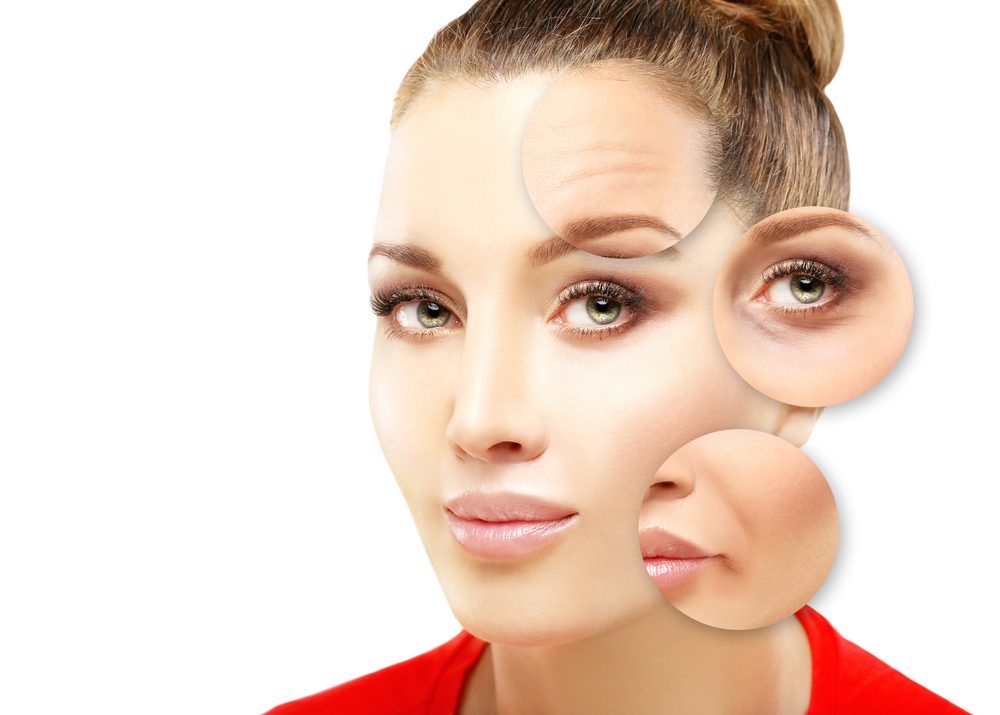
Some scientists have estimated that 1 gram of a crystalline form of the toxin could kill 1 million people and that a couple of kilograms could kill every human on the planet. However, when Botox is appropriately used in a therapeutic context, it is safe and has few side effects, the American Osteopathic College of Dermatology report - long term effects of botox.
The drug can temporarily paralyze muscles, which can benefit people with various muscle or nerve disorders. Commercial preparations of Botulinum toxin include:onabotulinumtoxin A (Botox) abobotulinumtoxin A (Dysport)incobotulinumtoxin A (Xeomin)rimabotulinumtoxin B (Myobloc)prabotulinumtoxin A (Jeuveau)People casually use the term “Botox” to describe all of these products, though Botox is a registered trademark that one company owns.
Under Eye Botox
These substances target the nervous system, disrupting the nerve signaling processes that stimulate muscle contraction. This is how the drug causes temporary muscle paralysis. In order for any muscle to contract, the nerves release a chemical messenger called acetylcholine at the junction where nerve endings meet muscle cells. Acetylcholine attaches to receptors on the muscle cells and causes the cells to contract, or shorten.

In this way, the toxin helps the muscles to become less stiff. The primary use of Botox is reducing the appearance of facial wrinkles (how much is botox). According to the American Board of Cosmetic Surgery, Botox injections are the most popular cosmetic procedure nationwide. In 2016, over 7 million people had Botox treatments.
People often request the injections in the following areas of the face:wrinkles between the eyebrows, called frown lines, glabellar lines, or elevenswrinkles around the eyes, known as crow’s feethorizontal creases in the foreheadlines at the corners of the mouth“cobblestone” skin on the chin, However, the FDA have only approved the injections for use around the eyes and on the forehead.
Learn more here.Some people also try Botox to improve the appearance of their hair. There is little evidence that this works, however. Find out more here (lip botox).Healthcare professionals also use Botox to treat a variety of medical conditions, most of which affect the neuromuscular system. The FDA have approved Botox for the following uses.
Scientists must also establish the appropriate ways to deliver treatment in each case. Clinicians use Botulinum toxin by diluting the powder in saline and injecting it directly into neuromuscular tissue. It takes 24–72 hours for the toxin to take effect. Rarely, it can take as long as 5 days for the full effects to show.
https://wellmedica.com/
https://wellmedicaaesthetic.blob.core.windows.net/$web/index.html
https://batchgeo.com/map/609d0cad9fa658cbc7fdce90af0f3d70
https://goo.gl/maps/uaeGEDBHNWxb9Ukc8
https://goo.gl/maps/uNPVeJXyUUWozrN28
https://goo.gl/maps/Fcuyy9buzP7PspjA9
https://t.co/IWcUVcOE1G#Cosmetic-Surgery
https://t.co/FQXeHifYgA#Anti-Aging
https://t.co/QyY83DGxnc#botox
https://earth.google.com/web/data=Mj8KPQo7CiExd0RQdnRrdXltS1hibnk3anNULUZ2ZWFsTkh5b21ULUMSFgoUMDY2QzU4QjVDRDE5OTFEODdFM0U?pli=1
Botox For Migraines Reviews
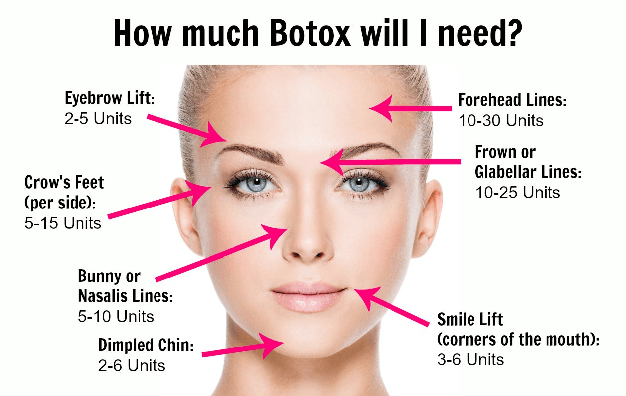
People should avoid using Botox during pregnancy or breastfeeding, or if they have ever had an allergic reaction to the drug or any of its ingredients. The cost of Botox depends on various factors, including:whether it is for medical or cosmetic purposeswho provides the treatmentwhere the treatment takes placethe number of Botox units involvedFor cosmetic use, The American Society for Aesthetic Plastic Surgery noted in 2016 that, on average:the cost of a Botox treatment for frown lines or crows’ feet was $376the procedure lasted 30 minutesthe improvement appeared in 1–5 daysrepeat treatments were necessary every 4–6 monthsthe person could return to work at onceMedicare covers the cost of Botox for medical purposes that doctors deem necessary.
When considering Botox for any reason, it is crucial to make sure that the provider is a qualified professional with the appropriate training. For people looking to have cosmetic Botox, the American Academy of Facial Esthetics have a locator function that can help. Anyone who believes that Botox might help with a medical condition should speak with their doctor. botox before and after.
However, depending on the reason for the injections and the person’s response, Botulinum toxin can cause some unwanted effects, including:dry eye, following cosmetic usesan upset stomachnumbnessmild pain, swelling, or bruising around the injection sitea headachetemporary eyelid droopingtemporary unwanted weakness or paralysis in nearby musclesurinary problems after treatment for urinary incontinencea worsening of neuromuscular disordersspatial disorientation or double vision after treatment for strabismuscorneal ulceration after treatment for blepharitiscardiovascular events, such as arrhythmia and myocardial infarctionPeople should not use Botox if they have:a sensitivity or allergy to itan infection at the injection siteDepending on the type of treatment, there are concerns that the effects of Botox may extend beyond the injection site, possibly leading to symptoms such as difficulty breathing.
Also, some people receiving injections of Botulinum toxin type A develop antibodies to the toxin that make subsequent treatments ineffective. Botox has cosmetic and medical uses. It can reduce the appearance of wrinkles and help treat certain disorders related to the nervous and muscular systems. If someone wants to try Botox, it is a good idea to speak to a healthcare provider about the risks, costs, and other considerations.
Botox is a drug doctors have been using for years to treat wrinkles and facial creases. Botox is a brand name of a toxin made by the bacterium Clostridium botulinum. There are other brands, such as Dysport and Xeomin. Botox is the term you hear most often because it was the first injectable botulinum toxin.
Botulism Botox
But getting a Botox shot can help treat other conditions, such as: Botox blocks signals from the nerves to the muscles. The injected muscle can't contract. That makes wrinkles relax and soften. Botox is most often used on forehead lines, crow's feet (lines around the eye), and frown lines. Botox won’t help with wrinkles caused by sun damage or gravity.
WellMedica
1801 Robert Fulton Dr STE 540, Reston, VA 20191
WMVG+25 Reston, Virginia
https://wellmedica.com/
Botox in Alexandria, VA.
Find WellMedica on Google Maps!
More Information:
https://wellmedicacosmeticsurgeon.blogspot.com/2021/03/alexandria-botox-wellmedica.html
https://www.buzzsprout.com/1407325/8192168-botox-alexandria-the-aesthetic-anti-aging-medicine-podcast-wellmedica
Videos:
https://youtu.be/ykOrtsf4oA4
https://vimeo.com/user107304443/review/527594848/b05f474798
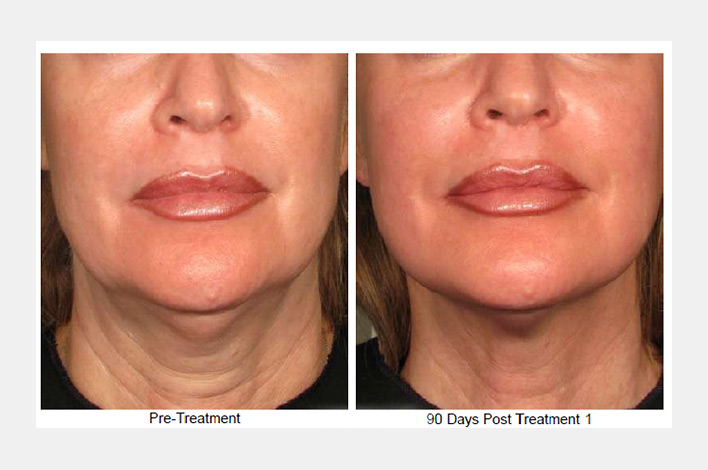
 Side effects are temporary, and may include skin sensitivity (warming or stinging on treated areas), bruising, and changes in skin color, but these symptoms quickly subside. Patients prone to herpes breakouts or people who have skin cancers should consult their doctors about additional medical considerations. how much is skin tightening. Pregnant women should not receive laser skin tightening treatments.
Side effects are temporary, and may include skin sensitivity (warming or stinging on treated areas), bruising, and changes in skin color, but these symptoms quickly subside. Patients prone to herpes breakouts or people who have skin cancers should consult their doctors about additional medical considerations. how much is skin tightening. Pregnant women should not receive laser skin tightening treatments.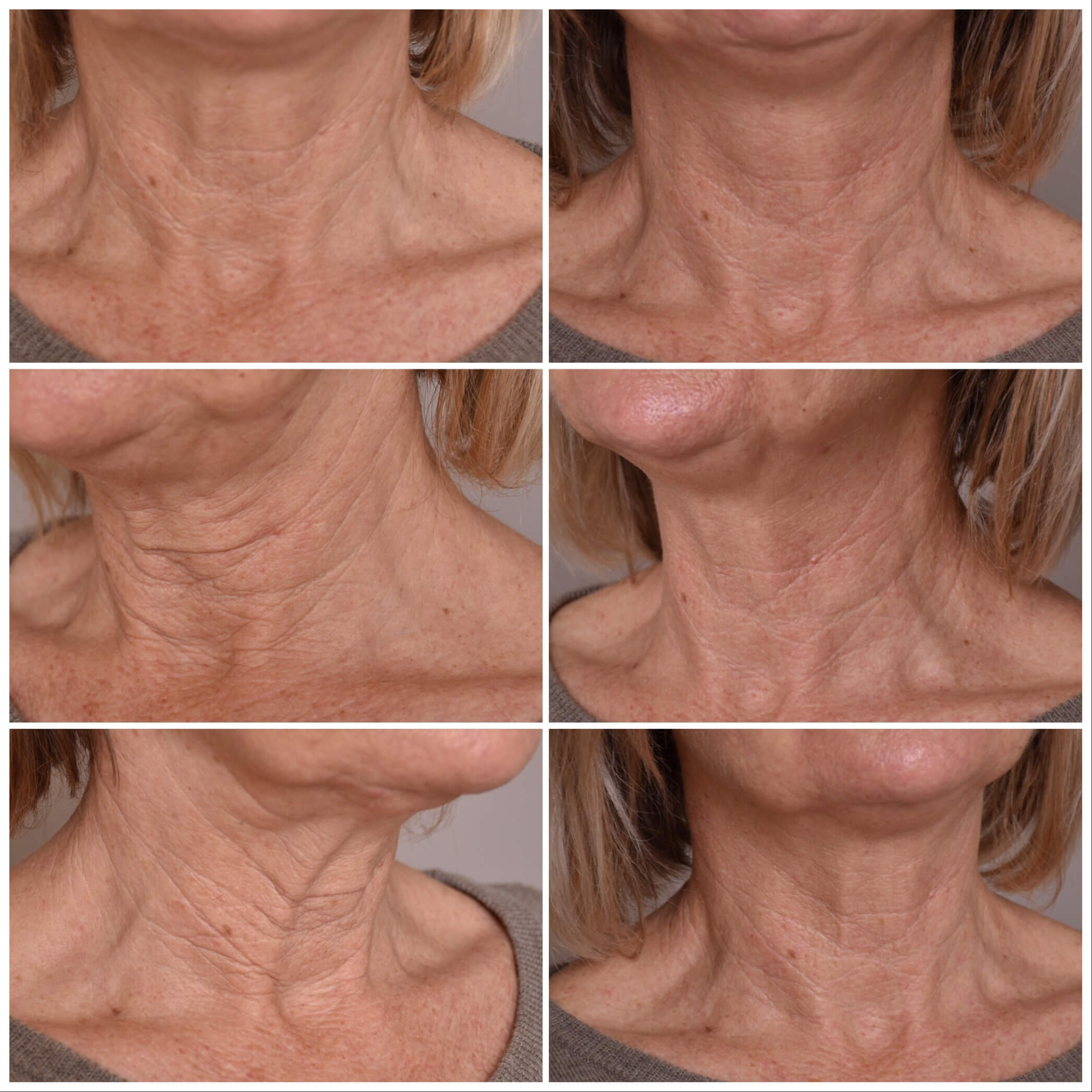
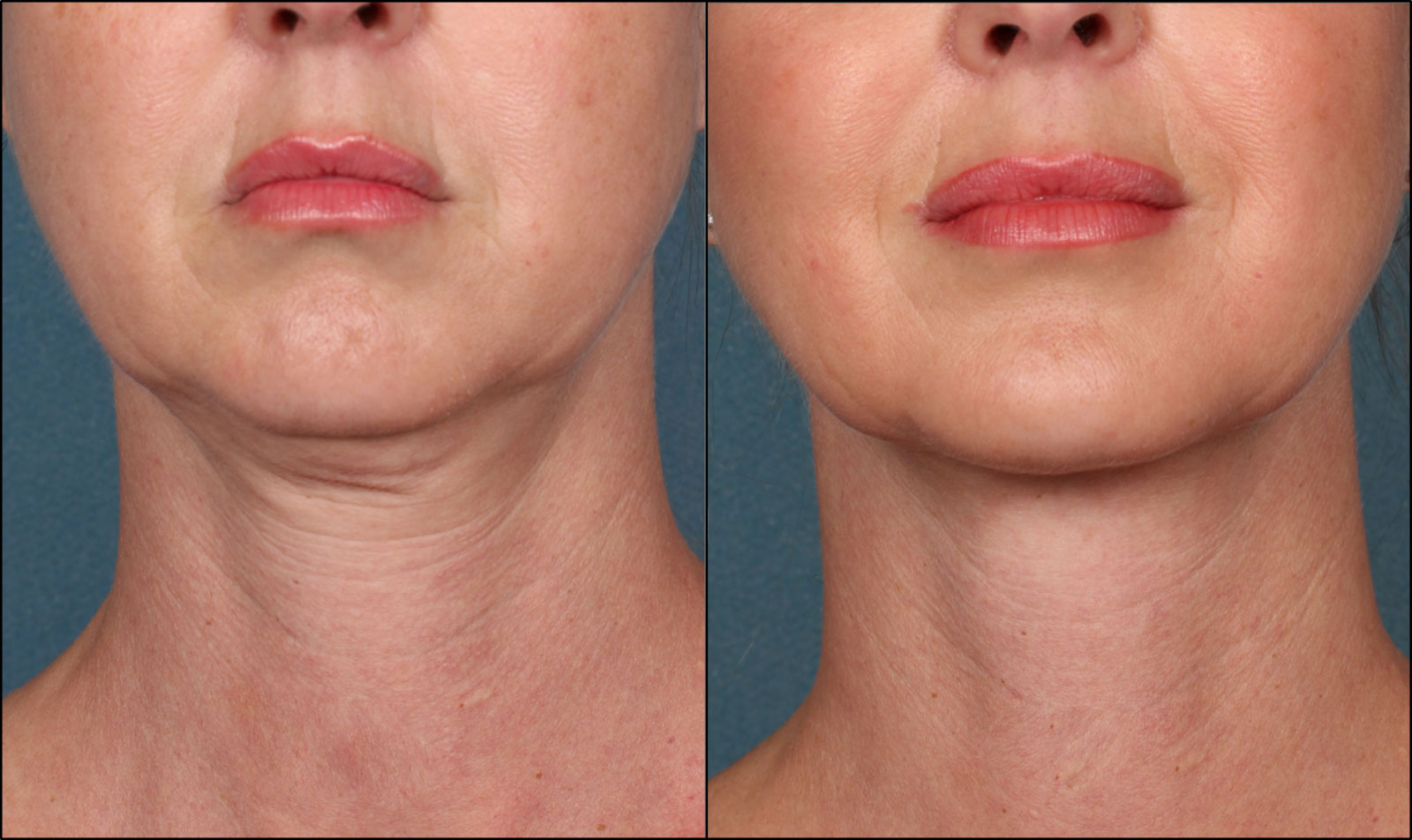
 You will need to wait for a few days or a week to see the aesthetic changes. Each patient comes with unique skin concerns and aesthetic requirements. The number of treatments will be discussed once you consult your provider with your needs. He will examine your condition and come up with a customized solution.
You will need to wait for a few days or a week to see the aesthetic changes. Each patient comes with unique skin concerns and aesthetic requirements. The number of treatments will be discussed once you consult your provider with your needs. He will examine your condition and come up with a customized solution. Your cosmetic provider will guide you on this depending upon your post-treatment condition. Legal disclaimer:The content provided on this website is for informational purposes only and in no way intended to substitute the professional medical advice given by a physician during an in-office consultation and examination.
Your cosmetic provider will guide you on this depending upon your post-treatment condition. Legal disclaimer:The content provided on this website is for informational purposes only and in no way intended to substitute the professional medical advice given by a physician during an in-office consultation and examination.